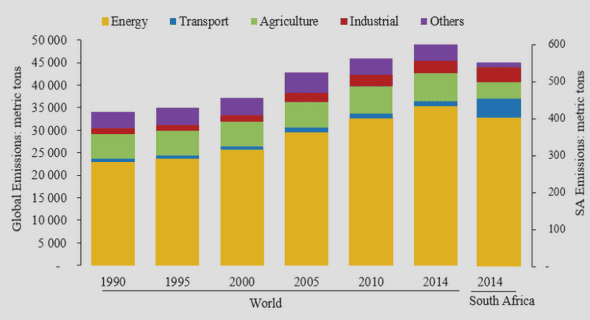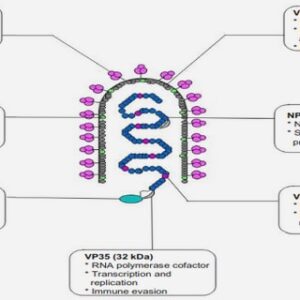(Downloads - 0)
For more info about our services contact : help@bestpfe.com
Table of contents
Introduction
1. Chapter 1 – State-of-the-art
1.1. Flexible substrate materials – Paper substrate and challenges
1.1.1. Traditional RF substrates for flexible electronics
1.1.2. Kapton polyimide
1.1.3. Polydimethylsiloxane (PDMS) substrates
1.1.4. Textile substrates
1.1.5. Plastic materials
1.1.6. Paper materials
1.1.7. Other substrate materials
1.2. Printing technologies for flexible electronics
1.2.1. Conductive inks used for printed flexible electronics
1.2.1.1. Metal-based inks
1.2.1.2. Organic polymer-based inks
1.2.2. Printing techniques on flexible substrates
1.2.1.1. Inkjet printing method
1.2.1.1. Screen printing method
1.2.1.2. Slot-die printing
1.2.1.3. Gravure printing
1.2.1.4. Gravure-offset printing
1.2.1.5. Flexographic printing
1.2.1.6. Micro-contact printing
1.2.1.7. Nano-imprinting lithography
1.2.1.8. Dry transfer printing
1.3. Antennas on paper substrates: two-dimensional structures
1.3.1. Paper-based antennas using adhesive metal tapes
1.3.2. Inkjet-printed antennas
1.3.3. Screen-printed antennas
1.4. Three-dimensional antennas
1.5. MIMO antennas
1.5.1. MIMO technique
1.5.2. MIMO antennas on rigid and flexible substrates
1.5.3. Techniques for reduction of mutual coupling between antennas in MIMO systems
Conclusions for Chapter 1
Objectives of the thesis
References for Chapter 1
2. Chapter 2 – Design of Single-Band Antennas on Paper
2.1. Characterization of electromagnetic properties of paper
2.2. CPW-fed monopole antennas
2.3. Inverted-F antennas on E4D paper
2.4. Antennas with air-filled SIW technology on paper
Conclusions for Chapter 2
References for Chapter 2
3. Chapter 3 – Design of Wide-Band and Multi-Band Antennas on Paper
3.1. Microstrip-fed wideband antennas
3.1.1. “Sapin »antenna
3.1.2. “Modified Sapin » antenna
3.1.3. “Robe »antenna
3.1.4. “Mushroom-Shaped with Two Arms » antenna
3.1.5. “Hello-Shaped » dual-band antennas
3.2. Microstrip-fed multi-band antennas
Conclusions for Chapter 3
References for Chapter 3
4. Chapter 4 – Three-Dimensional and MIMO Antenna Systems
4.1. System of two flat antennas in an ABS plastic box
4.2. Study of Antenna Bending Effects
4.2.1. Basic theory for the study
4.2.2. Study of bending effects of a wide-band monopole antenna
4.3. System of antennas in a box with restricted dimensions
4.3.1. Wide-band antenna bent under 90 degrees placed in ABS box with restricted dimensions
4.3.2. Two wideband antennas placed in an ABS box – one flat and another bent under 90 degrees
4.3.3. System of two 90-degree bent antennas placed in ABS box
Conclusions for Chapter 4
References for Chapter 4
Conclusions and Perspectives
5. Appendix 1 – Characterization of electromagnetic properties of substrate materials
5.1. Non-resonance methods using waveguides or transmission lines
5.1.1. The techniques using waveguides
5.1.2. The techniques using planar transmission lines
5.2. Resonance methods using resonators
5.2.1. Waveguide resonance cavity
5.2.2. Planar transmission line resonators
5.2.3. Microstrip resonator
5.3. Recommendations for choosing methods
Conclusions for Appendix 1
References for Appendix 1
6. Appendix 2 – Antenna fabrication and measurement
Abstract
Résumé
Liste des publications


